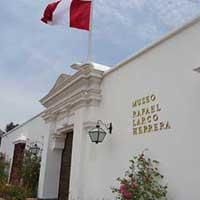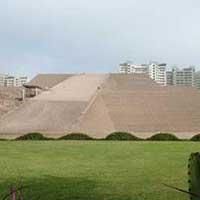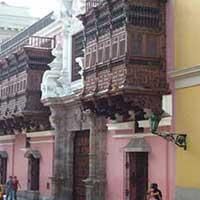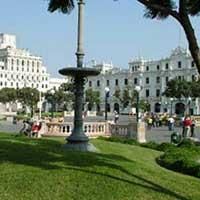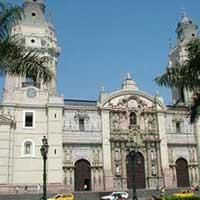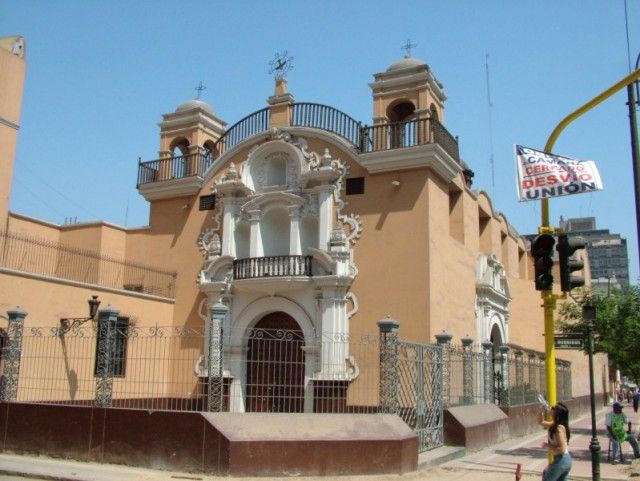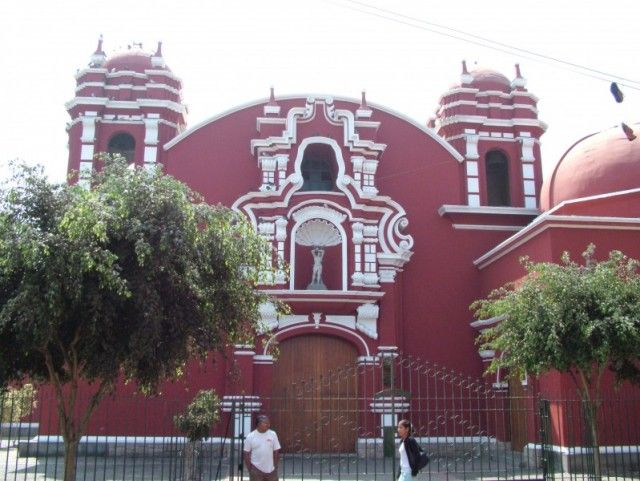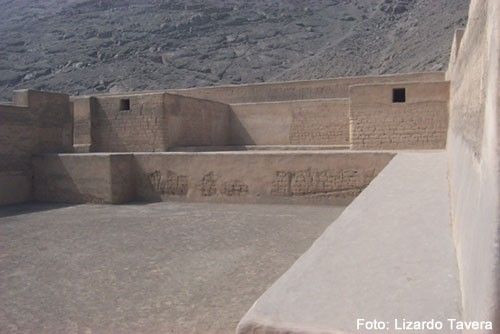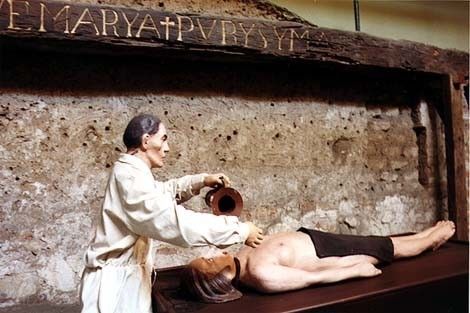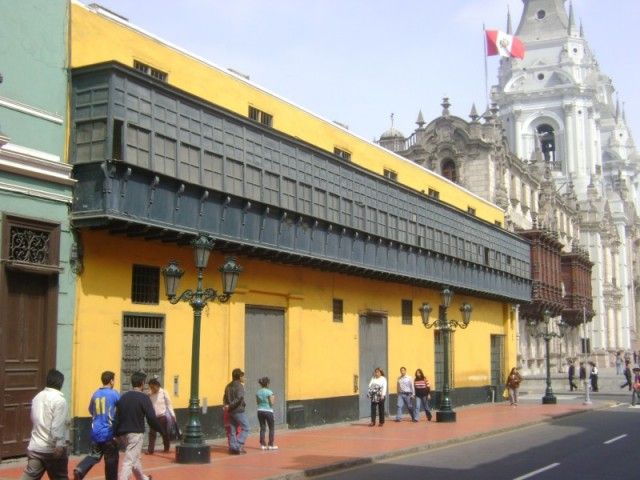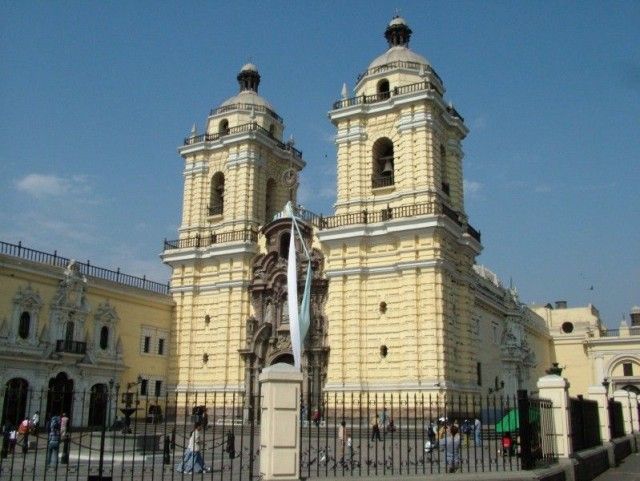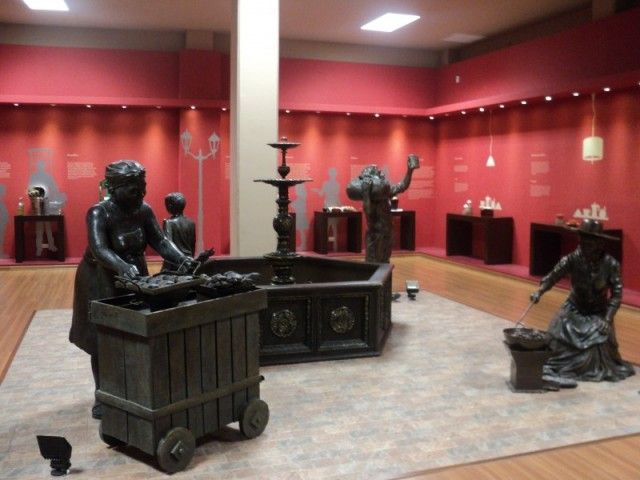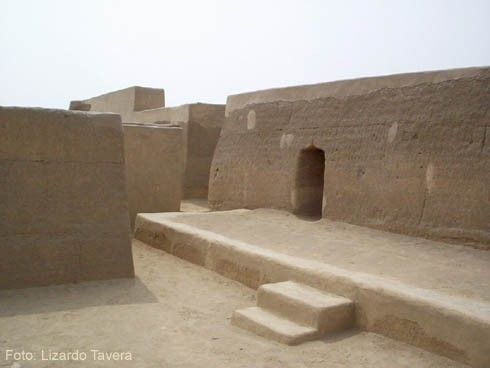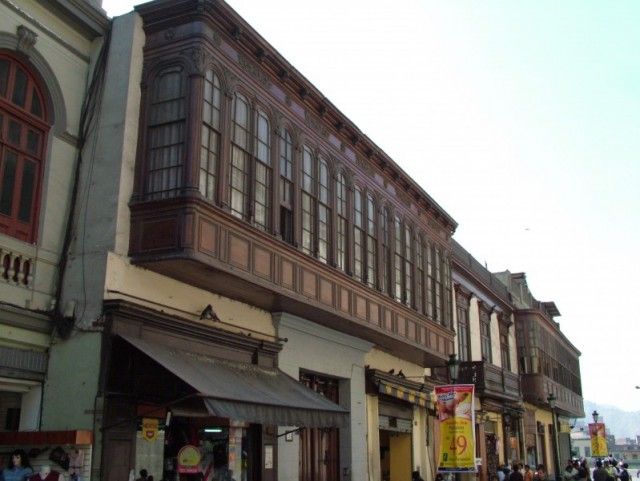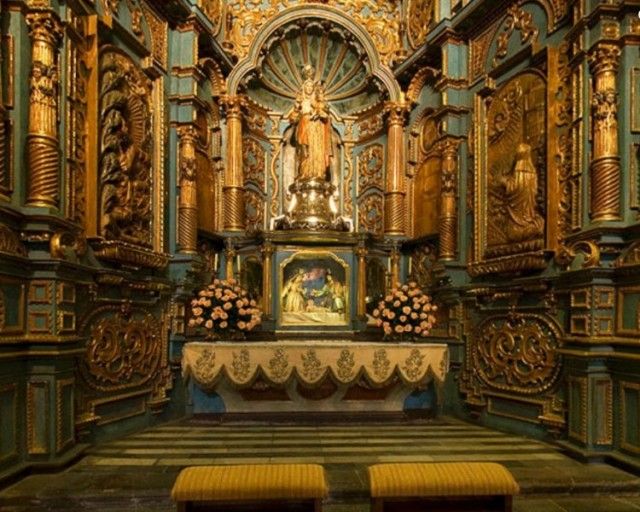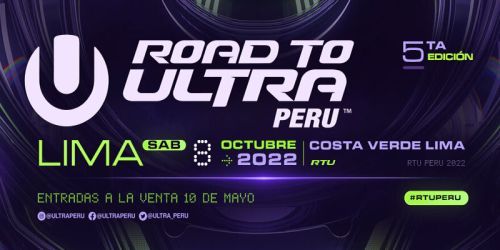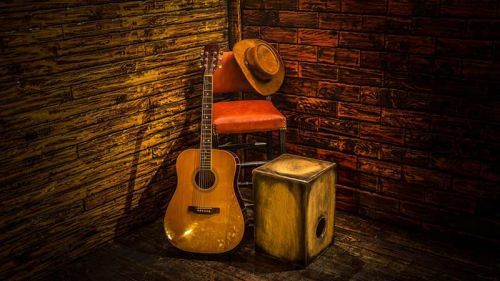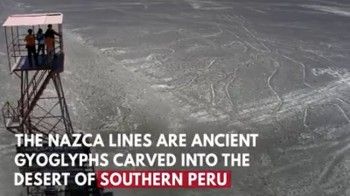- Peru Guide
- Peruvian Visa Types
- Public Holidays & Festivals
- Peru Info
- Culture & Entertainment
- Legal Stuff
- Customs Regulations & Info
- How many days did I get?
- Tourist Visa extension in Peru
- Peruvian Overstay Fine
- International Document for Antecedentes Peru
- Paying Administration Charges
- Permit to Sign Contracts
- Interpol - Ficha de Canje
- Travel Permit
- Subsanacion - Submitting documents
- Extending a Migraciones deadline
- Residence visa extension
- Renewal Carné de Extranjería
- Update Migraciones information
- Carné replacement
- Marrying in Peru
- Driver's License in Peru
- Police Clearance Certificate Peru
- Travel Authorization for Minors
- Finding a Job in Peru
- Domestic Workers in Peru
- Labor Regulations Peru
- Air Passenger Rights
- Safety, Security & Travel Advice
- Shopping in Peru
- Stay Connected
- Business Guide
- Earthquakes
- Emergencies & Help
- History of Peru
- Education, Teaching & Schooling
- Glossary of Terms
- Lima Guide
- Travel & Sights
- Food
- Money
- Events
- Opinion
- Media
- Peru Guide
- Peruvian Visa Types
- Public Holidays & Festivals
- Peru Info
- Culture & Entertainment
- Legal Stuff
- Customs Regulations & Info
- How many days did I get?
- Tourist Visa extension in Peru
- Peruvian Overstay Fine
- International Document for Antecedentes Peru
- Paying Administration Charges
- Permit to Sign Contracts
- Interpol - Ficha de Canje
- Travel Permit
- Subsanacion - Submitting documents
- Extending a Migraciones deadline
- Residence visa extension
- Renewal Carné de Extranjería
- Update Migraciones information
- Carné replacement
- Marrying in Peru
- Driver's License in Peru
- Police Clearance Certificate Peru
- Travel Authorization for Minors
- Finding a Job in Peru
- Domestic Workers in Peru
- Labor Regulations Peru
- Air Passenger Rights
- Safety, Security & Travel Advice
- Shopping in Peru
- Stay Connected
- Business Guide
- Earthquakes
- Emergencies & Help
- History of Peru
- Education, Teaching & Schooling
- Glossary of Terms
- Lima Guide
- Travel & Sights
- Food
- Starter & Appetizer
- Sandwiches
- Soups
- Main Courses
- Salsas, Sauces & Dips
- Desserts
- Snacks
- Drinks & Beverages
- Peruvian Cheese
- Fruits
- Vegetables
- Aji - Chili Peppers
- Grains, Coffee, Beans & Nuts
- Common Herbs
- Other Ingredients
- Money
- Peru Guide
- Peruvian Visa Types
- Public Holidays & Festivals
- Peru Info
- Culture & Entertainment
- Legal Stuff
- Customs Regulations & Info
- How many days did I get?
- Tourist Visa extension in Peru
- Peruvian Overstay Fine
- International Document for Antecedentes Peru
- Paying Administration Charges
- Permit to Sign Contracts
- Interpol - Ficha de Canje
- Travel Permit
- Subsanacion - Submitting documents
- Extending a Migraciones deadline
- Residence visa extension
- Renewal Carné de Extranjería
- Update Migraciones information
- Carné replacement
- Marrying in Peru
- Driver's License in Peru
- Police Clearance Certificate Peru
- Travel Authorization for Minors
- Finding a Job in Peru
- Domestic Workers in Peru
- Labor Regulations Peru
- Air Passenger Rights
- Safety, Security & Travel Advice
- Shopping in Peru
- Stay Connected
- Business Guide
- Earthquakes
- Emergencies & Help
- History of Peru
- Education, Teaching & Schooling
- Glossary of Terms
- Lima Guide
- Travel & Sights
- Food
- Starter & Appetizer
- Sandwiches
- Soups
- Main Courses
- Salsas, Sauces & Dips
- Desserts
- Snacks
- Drinks & Beverages
- Peruvian Cheese
- Fruits
- Vegetables
- Aji - Chili Peppers
- Grains, Coffee, Beans & Nuts
- Common Herbs
- Other Ingredients
- Money
- Lima Guide
- Culture Guide
Culture Guide
Lima is known for its rich historical and cultural past. Long before the Spaniards arrived several other cultures with highly advanced skills in construction, agriculture and arts settled the area of today's Lima. The Spanish colonist added to this legendary cultural legacy. Based on the model of Spanish cities, the "City of the Kings" arose and soon Lima became the political, economic, cultural and religious center of the Spanish colonies in South America. A completely different culture with European and Moorish influence mixed with the indigenous cultural and religious inheritance.
Everywhere visible in Lima is how these ancient cultures melted with modern factors. Amazing archaeological sites like the "Huacas" (Adobe pyramids) are spread over the city and are worth a visit. A must for every Lima visitor is the Historic City Center with amazing buildings, plazas and churches from Colonial times. Don't miss the numerous museums, displaying a huge variety of Lima's and Peru's culture from antique and traditional to modern and contemporary. Theatres, cinemas and Cultural Centers complete Lima's cultural scene.
Church of Jesus, Maria and Joseph
Historical Churches & ConventsThe origins of the Church of Jesus, Maria and Joseph date back to 1678, but it was almost completely destroyed by the severe earthquakes in 1687 and 1746. Today you will find a simple church with the distinctive charm of a typical small town chapel.Church of San Sebastián
Historical Churches & ConventsThe Church of San Sebastián was built in 1544 and is one of the oldest buildings in Lima. Santa Rosa de Lima (the patron saint of Lima) and San Martín de Porres (the first black saint) were baptized here. After the massive earthquake from 1940 that damaged the small church severely, it was beautifully rebuild.The Archaeological Complex Puruchuco
Huacas (Adobe Pyramids)Puruchuco (meaning‚ Feather hat in Quecha) is located on km 4.5 of the Carretera Central east out of Lima in today's district of Ate. In the sprawling shantytown called Tupac Amaru lies the pre-Hispanic site, known to archaeologists as Puruchuco-Huaquerones that once was a main ceremonial center of the Incas. During archaeological investigations...Museum of Congress and Inquisition
Museums in LimaThe Museum of Inquisition and Congress is housed in the old building of the National Senate and opened its doors to the public on the 26th of July 1968. The mission of the museum is to conserve and pass on the cultural heritage for future generations. At the same time it points out the importance and dignity of the Congress of the Republic in th...Magistrate House
Historical BuildingsOnly little is known about this house standing at the north-east corner of the Plaza Mayor. It dates back to the end of the 17th century and is one of the oldest mansions in Lima. It got its name "Casa del Oidor" (oidor means in Spanish something like magistrate or "the one that hears / listens") because it is speculated that in Colonial times t...Museum in the Convent of San Francisco
Museums in LimaThe Church and Convent of San Francisco is besides the Cathedral of Lima probably the most significant religious complex in Lima and the most successful and impressive monument of Colonial architecture in whole Latin America. One of the "must-do's" in Lima is a highly recommended tour through the monastery. It gives an impressive inside on how r...Museum of the Peruvian Gastronomy
Museums in LimaIn April 2011 the Museum of Peruvian Gastronomy (Museo de la Gastronomia Peruana) opened its doors to the public. It’s the first museum in Peru dedicated exclusively to the Peruvian cuisine which plays such an important role not only in the culture of the country but as well in everyday life. The Gastronomy Museum leads you through more than 200...The Dead City of Cajamarquilla
Huacas (Adobe Pyramids)The "Dead City" of Cajamarquilla is located in today's district of San Juan de Lurigancho (close to the Parque Zoologico Huachipa in Ate-Vitarte). On the remains of an earlier settlement, the Wari built this archaeological complex around 500 AD. Cajamarquilla developed to the major commercial, administrative and military center with a population...House of the Aliaga Family
Historical BuildingsThe "Casa de Aliaga" is the oldest Colonial mansion in Lima, maybe even in whole South America. The house has been owned and lived in by the Aliaga family and their descendants since Franzisco Pizarro granted the land to Jerónimo de Aliaga in 1535. Originally there was a pre-Colombian altar on that plot of land owned by "Curaca Ta...Religious Art Museum in the Cathedral of Lima
Museums in LimaWhile the immense Baroque Cathedral of Lima is a museum for itself, within the old sacristy and the adjoining rooms it houses an impressive Religious Art Museum. The museum displays a large collection of historical objects including paintings, sculptures, furniture, jewelry, sacred vessels as well as antique religious vestments and robes of form...Peru Newsflash
New lizard species discovered in Peru
There is still so much new to find out about and see in Peru. Just recently Peruvian scientists discovered a…Peru has the second-worst drivers in the world
For those living and driving in Peru it comes to no surprise. A recent study by Compare the Market, an…Machu Picchu reopens for the first time after the social outbreak
The Ministry of Culture of Peru decided to re-open Machu Picchu after it was closed on January 21 because of…Peru extends the state of emergency in 44 districts
The Peruvian government extended the “state of emergency” in 44 districts of the central departments of…
Peru Event Calendar
Mon Tue Wed Thu Fri Sat Sun 12345678Date : Saturday, 08 October 20229101112131415161718192021222324252627282930Upcoming Events in Peru
01May03May12MayMore in the Peru Event & Entertainment Calendar
Latest Content...
- International Schools in Peru
International Christian School of Lima - ICS Lima
- Peruvian Visa Types
Peruvian Digital Nomad Visa
- Laws, Norms, Legal Codes & Decrees
Legislative Decree No. 1582 (Modification of the Peruvian Foreigner Law, Nov 2023)
- Peruvian Cheese
Queso Rojo de Lluta
- Peruvian Cheese
Peruvian Queso Andino
- Peruvian Cheese
Peruvian Quesillo
- Peruvian Cheese
Peruvian Queso Mantecoso
- Peruvian Cheese
Peruvian Queso Paria
- Peruvian Cheese
Peruvian Queso Fresco
- Legal Stuff
Extension of a Migraciones deadline
- Legal Stuff
Subsanacion - Submitting documents
- Legal Stuff
Amnesty for Migraciones fines
- Legal Stuff
Replacement for a lost, stolen or damaged carné
- Legal Stuff
Renewal of the Carné de Extranjería
Latest Video
Long Reads...
- Peruvian Archaeology
The Mystery of the Nazca Lines in Peru
In the 1920s, when people first flew across southern Peru, they made an astonishing discovery. Stretching below them,… - Peruvian Personalities & Founders
Francisco Pizarro González (1474-1541)
Francisco Pizarro, a peasant from Spain, was one of the least well-equipped conquerors in history. However, in the name… - Peruvian Archaeology
The colorful Fabrics and Textiles of Peru
Europe’s first knowledge of Peruvian textiles was acquired following the Spanish invasion of Peru in 1532, when the… - Peruvian Legends, Myths & Tales
The Jeweled Frog and the Condor
By a quiet pond, at the side of a cloud-topped mountain in Peru, lived a small green frog and his large green family.… - Peru Info
Peruvian Economy
The Peruvian economy is an emerging, social market economy highly dependent on foreign trade and classified as an upper…
Contact us | Editorial Ethics | Support | T&C | Copyright | Privacy | Discussions & Submissions | Cookies Policy | GDPR | CCPA | DMCA


